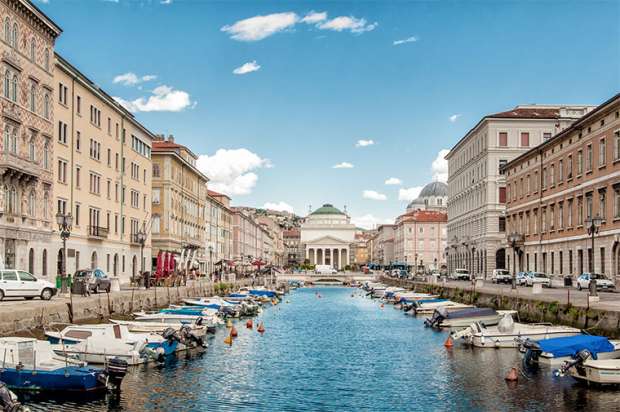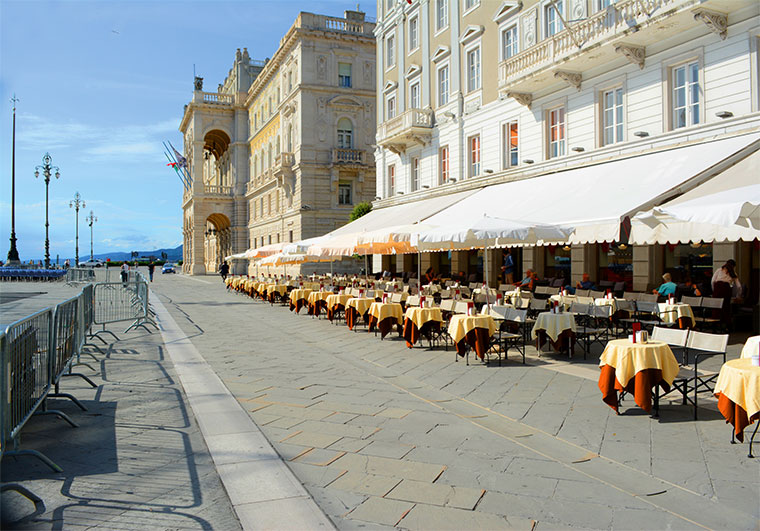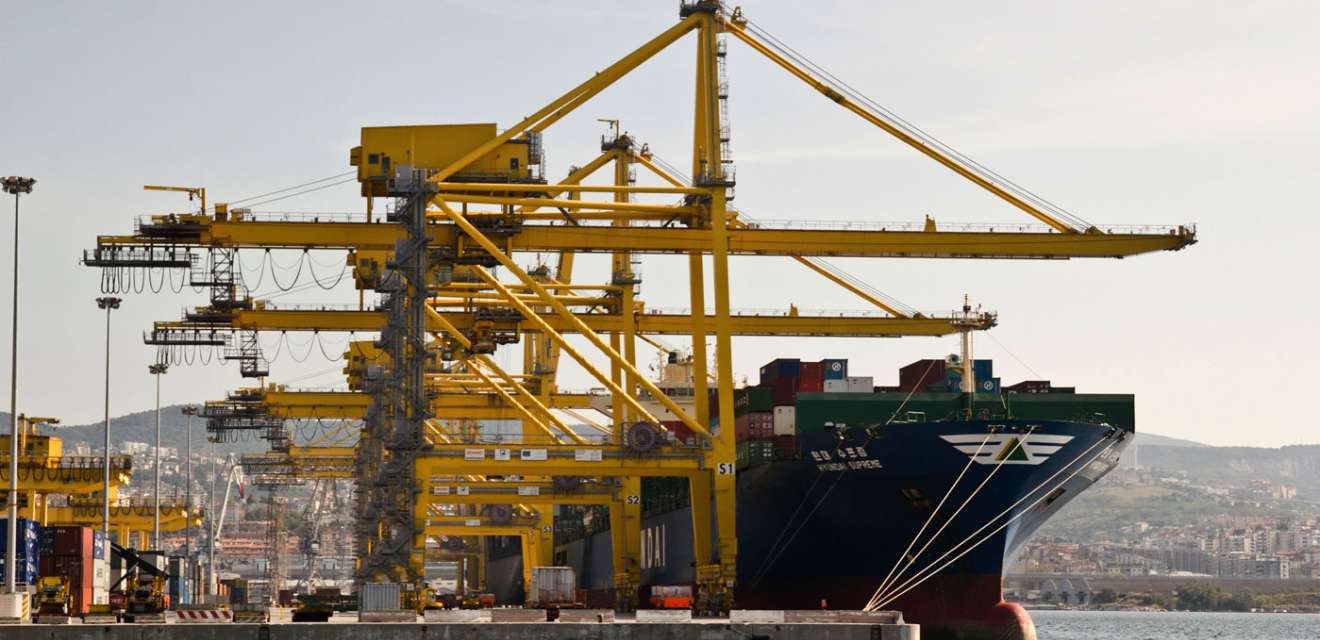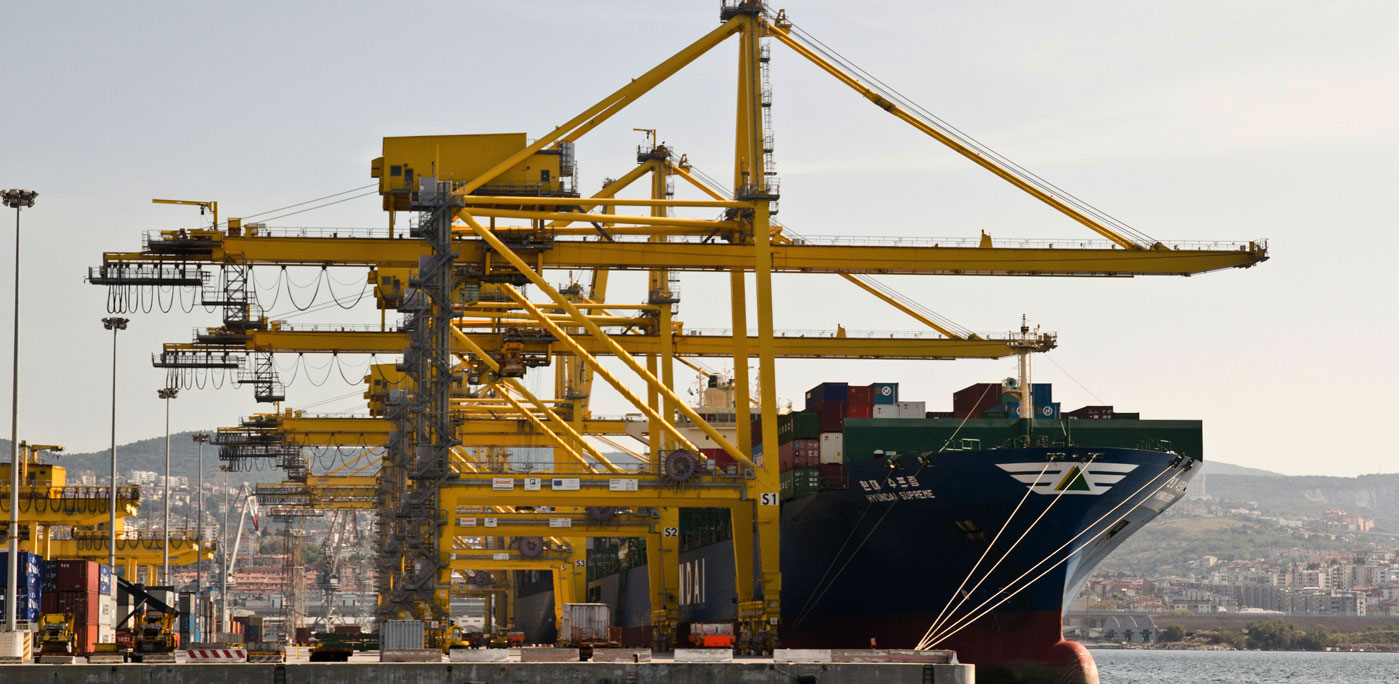Nearly three hundred years after its proclamation — 1719, in the Austro-Hungarian Empire’s heyday — the Free Port of Trieste was re-launched by a decree of the Government. There was a need for new legislation to take into account the changes Trieste faces in the geopolitical scene, and for regulations in line with Italian and international legislation. The document was presented at the region of Friuli-Venezia Giulia’s headquarters — before President Debora Serracchiani — by Minister of Infrastructure and Transport Graziano Delrio, and by the Chairman of the Port Authority of the Eastern Adriatic (Trieste and Monfalcone) Zeno D’Agostino.

The measure confirms all the benefits of customs extraterritoriality along with the freedoms of access and storage of goods, which are now extended to the industrial transformation sector. In addition, the Port Authority is vested with special powers, becoming director of this entire process, which includes the ability to change the location of franchise points according to shifts in market requirements and investment strategies.
Europe has no other port featuring these competitive advantages, therefore this measure makes Trieste convenient and attractive to foreign investment. Trieste has further points of strength, including an articulated railway network that can project goods throughout Europe. To quote the Port Authority: “The railroad is in the DNA of Trieste’s port, and our trains and railways span all of Europe.”

The new development has already produced demonstrations of interest from several countries. First and foremost, the implications of working under the auspices of customs extraterritoriality were not lost on China: “When they heard mention of franchise points, their eyes began to shine,” says Zeno D’Agostino recalling the mission to China, conducted in February by President of the Republic Mattarella and Minister Delrio. The Chinese expressed an interest to establish what has been called a new Silk Road, and since then there have been visits from Chinese delegations with the objective of getting to know the Port and drafting concrete projects.

Is Trieste prepared to welcome this turning point? Minister Delrio responds by pointing out that investments in the port, rail connections and the digitization of customs procedures are all increasing, and that this new legislation was the missing link required for Trieste to take on a key role in the chain of global trade. This is in addition to the important fact that shifting the transportation of goods, from roads to sea and rail, renders the system as a whole more sustainable and secure.
Demonstrating the above, the port of Trieste and the managing company for the port of Duisburg have already signed a cooperation agreement — a strategic step because Duisburg, already a terminal of the Silk Road, is the largest international hub located at the confluence of the Rhine and the Ruhr, two of Europe’s most navigable waterways. D’Agostino has characterized this new partnership as one of the best global examples of integrated logistics platform development among the ports of Northern Europe.
SERRACCHIANI: TRIESTE, GATEWAY TO THE EAST
President of the Region Serracchiani speaks of “epochal change for the port of Trieste and for Friuli-Venezia Giulia: we are clearing a decades-long impasse and witnessing the emergence of structures devoted to industrial manufacturing, to the transformation of goods and to logistics, in a customs system that is unique across Europe. This is a fundamental opportunity that strengthens the role of Trieste as the gateway to Eastern Europe and key hub of a new Silk Road.”
TRIESTE’S PORT: ITS POINTS OF STRENGTH
-
Number one Italian port for freight tonnage and rail infrastructure
-
Top node in Mediterranean oil distribution in the Mediterranean: a 700-kilometer pipeline to supply European industry
-
European gateway for goods entering from Turkey
-
Accessing central Europe from Suez routing via Trieste saves 4 days of navigation
-
It has naturally deep sea beds (nearly 60 feet)
-
The Port Authority of Trieste has a formal cooperation agreement with the company that directs the port of Duisburg in Germany
-
The port has an approved regulatory plan with investments of 1 billion euro
ADVANTAGES OF A FREE PORT
-
All types of goods can enter all EU and non-EU countries, without being charged customs tax or VAT throughout their stay
-
Goods may undergo industrial manipulations
-
Efficient customs procedures
-
The Port Authority may reorganize the location of franchise points according to the needs of international trade, by identifying specific areas of storage, transformation and logistics






























